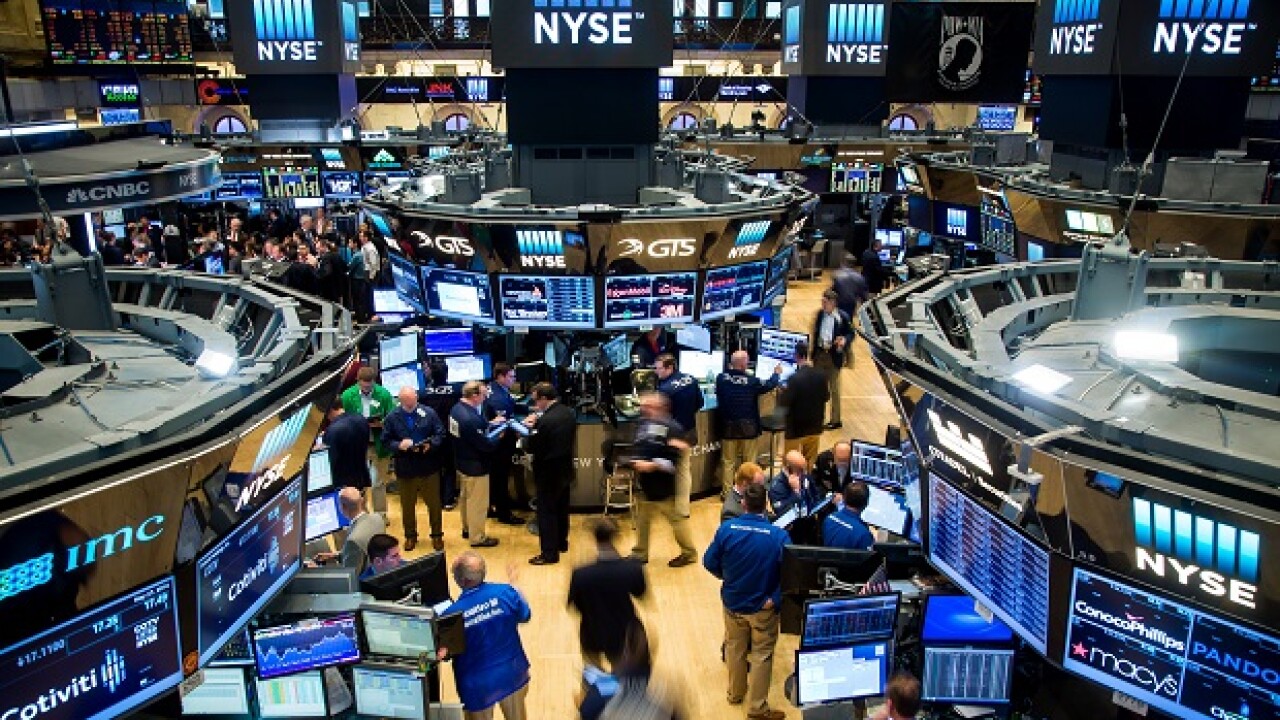-
Rising home prices and the ongoing quest for new revenues are prompting lenders to take a second look at a product that fell out of fashion following the housing bust.
April 2 -
Home equity lending remains miles away from growth, despite anecdotal evidence of a comeback and rising real estate prices that are fortifying loans already on the books.
February 25
Banks face a looming financial risk from home equity loans, an international ratings agency is warning.
Monthly payments made by borrowers are set to rise in about two years, given the abundance of home equity loans made before the financial crisis and the terms generally associated with them, Moody's Investors Service said in a comment published Tuesday.
Lenders are likely to incur losses unless they take steps identify borrowers who may be unable to make the higher payments, and then modify those loans, Moody's said.
About $552 billion in U.S. home-equity loans were outstanding at March 31, and the lines had a combined $486 billion of credit available to be drawn down, the ratings agency found.
Of 15 regional banks with the largest home equity portfolios, 12 have exposure that exceeds their tangible common equity, as of March 31, according to Moody's, which also examined home equity lending by the nation's four biggest banks.
Tangible common equity, which reflects equity minus intangible assets and goodwill, provides a measure of banks' ability to absorb losses, Moody's officials said.
"Most of these [home equity lines of credit] were originated at the height of the crisis between 2005 and 2007 when credit-underwriting standards were dismal," wrote Thuy Nguyen, a Moody's analyst. "As such, they are a particular concern."
Homeowners who have a $210,000 mortgage and a $40,000 home equity loan can expect to see their monthly payment jump about 26% when payments of principal on the home equity loan come due, according to Moody's.
That's because home equity loans typically allow borrowers to pay only interest for 10 years before the terms obligate the borrower to make larger monthly payments of both interest and principal.
Lenders with the largest exposure to home equity loans include: First Horizon National (FHN), American Savings Bank (HE), TCF Financial (TCB), Citizens Financial Group (RBS), Webster Financial (WBS), First Citizens (FCNCA), Huntington Bancshares (HBAN), Susquehanna Bancshares (SUSQ), Regions Financial (RF), M&T Bank (MTB), SunTrust Banks (STI), Fulton Financial (FULT), PNC Financial Services Group (PNC), First Niagara Financial Group (FNFG) and TD Bank (TD), Moody's said.
Among the nation's four biggest banks, Wells Fargo (WFC) has the greatest home equity exposure, followed by Bank of America (BAC), JPMorgan Chase (JPM) and Citigroup (NYSE:C).
Only SunTrust, PNC, Wells Fargo and B of A have told investors how much home equity credit remains to be drawn down, according to Moody's. Less than half the lenders - First Horizon, Huntington, Regions, M&T, SunTrust, PNC, Wells Fargo, B of A and Citigroup - have provided information about the period of time over which their home equity loans start to amortize.
None of the banks has told investors what the impact on the performance of their portfolios might be when the higher payments hit homeowners, said Moody's, which noted that rising real estate prices and a pickup in the labor market could lessen the severity of potential losses.
The ratings agency is calling on all lenders to disclose how much home equity credit remains available to be drawn down by homeowners, the time period over which the loans start to amortize, the percentage of borrowers who currently would be ineligible for refinancing and the percentage of home equity loans that are delinquent.
"We expect banks to be proactively managing their [home equity] exposures," Nguyen added.





